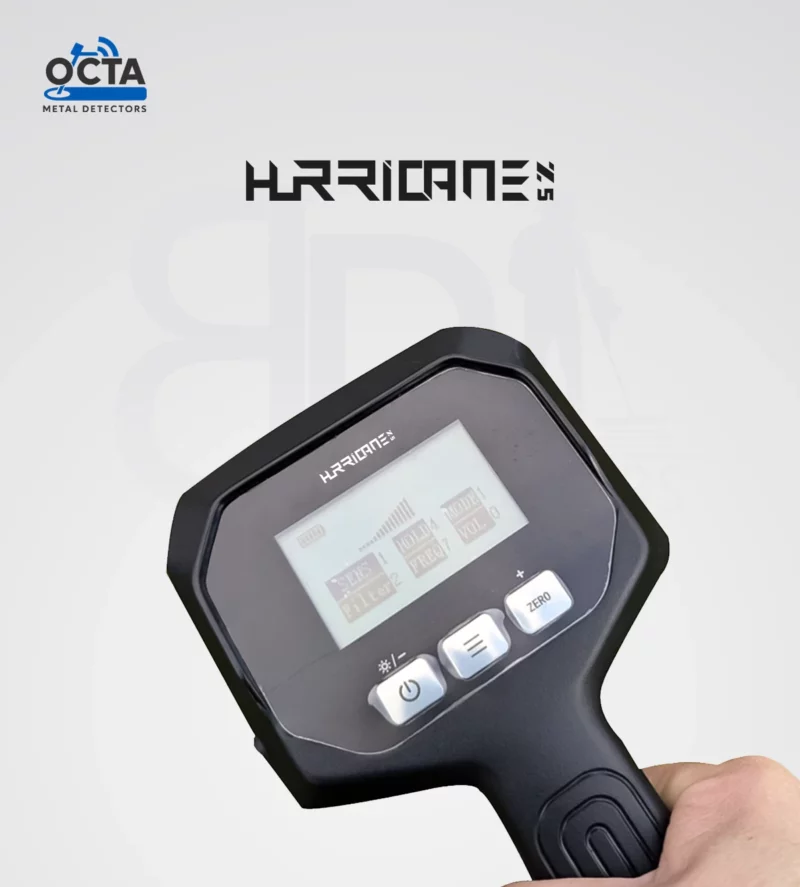Metal detecting has evolved far beyond the image of hobbyists sweeping sandy beaches for lost coins. Modern technology has given us sophisticated tools capable of locating objects buried deep underground, even in conditions where older devices would struggle. Among these advancements, pulse induction (PI) technology stands out as one of the most powerful methods for serious treasure hunters, gold prospectors, and professionals working in challenging environments.
So, what exactly is pulse induction technology, and why has it become such a game-changer in the world of metal detection? Let’s dive into how it works, where it excels, and whether investing in a pulse induction detector is the right move for you.
How Pulse Induction Technology Works
Most beginner-friendly detectors use very low frequency (VLF) technology. These machines transmit a continuous wave into the ground and detect how it reacts when it encounters metal. While effective, VLF detectors are easily disrupted by mineralized soil, saltwater, or hot rocks—conditions that often frustrate gold hunters and beach detectorists.
Pulse induction takes a completely different approach. Instead of a steady signal, PI detectors send powerful bursts, or “pulses,” of current into a coil. Each pulse generates a magnetic field that penetrates deep into the ground. When the pulse ends, the magnetic field collapses, and the coil listens for the faint echo created by nearby metal objects.
What makes this so effective is that pulse induction detectors ignore most ground minerals. While a VLF detector might scream with false signals in heavily mineralized soil, a PI machine remains calm and focused, zeroing in on actual targets. This allows treasure hunters to detect deeper, larger, and sometimes smaller nuggets of gold in difficult terrain.
The Real-World Advantages of PI Detectors
The first time I used a pulse induction machine, the difference was obvious. On ground where my VLF detector constantly gave misleading signals, the PI machine cut through the noise, alerting me only when there was something worth investigating. It felt like moving from a static-filled radio to a clear FM signal.
One of the most celebrated advantages of PI detectors is their depth capability. They can often detect targets buried much deeper than standard VLF machines. This is especially important for relic hunters or professionals searching for large, deeply buried objects.
Another benefit is performance in saltwater environments. Beaches with wet sand are notoriously difficult for VLF detectors, but pulse induction technology handles them with ease, making PI machines the top choice for serious underwater treasure hunters and divers.
Where Pulse Induction Makes the Biggest Difference
While PI detectors are powerful, they’re not always the best tool for every job. Their strength lies in hostile ground conditions—places rich with iron minerals, salt, or volcanic soil where VLF machines lose accuracy. Gold prospectors working in remote, mineral-heavy areas often swear by PI technology for this reason.
Beach hunters also benefit greatly. Whether searching shallow surf or diving beneath the waves, pulse induction units remain stable where others falter. Many professional underwater treasure recoveries owe their success to the use of PI systems.
That said, PI machines are not as effective at distinguishing between different types of metals. They will find gold and silver—but also plenty of nails, iron scraps, and other junk. For urban parks or casual coin shooting, a VLF detector’s discrimination features may still be preferable.
Pulse Induction Metal Detectors on the Market
Over the years, manufacturers have introduced a wide range of PI machines, from heavy-duty professional units to more compact designs suitable for explorers and hobbyists. If you’re looking for a pulse induction metal detector for sale, it’s worth taking time to research models designed for your specific needs, whether that’s gold prospecting, relic hunting, or underwater exploration.
One standout example is the Hurricane Z5. Designed for serious treasure hunters, this detector combines advanced PI technology with user-friendly controls, making it suitable for both seasoned professionals and determined hobbyists. With its strong performance in mineralized ground and its ability to detect deeper targets, the Hurricane Z5 has earned respect among detectorists who need reliability in tough conditions.
My Personal Take on PI Technology
In my years of exploring both beaches and mineral-rich soil, I’ve learned that no detector is truly “one-size-fits-all.” Pulse induction technology, however, feels closest to a universal solution when conditions become extreme. I’ve dug targets at depths that my VLF machines would never have registered, and the stability in difficult terrain has saved me hours of frustration.
That said, I always caution newcomers: PI detectors often come with a steeper price tag, and the learning curve can be challenging. They’re best suited for serious users who know they’ll be working in conditions where standard detectors struggle. For casual weekend detecting in local parks, a good VLF unit might still be the smarter and more affordable choice.
The Future of Metal Detecting With PI
As technology evolves, we’re already seeing pulse induction detectors becoming more refined. Features like improved ground balancing, digital interfaces, and hybrid systems are making PI units more versatile. The next generation may combine the raw depth of pulse induction with the discrimination abilities of VLF, giving detectorists the best of both worlds.
For now, PI technology remains the gold standard—literally—for those chasing serious finds in tough ground. Whether it’s nuggets in the desert, coins in saltwater, or relics buried deep below the surface, pulse induction detectors continue to open doors that would otherwise remain closed.
Final Thoughts
So, what is pulse induction technology in metal detectors? At its core, it’s a system built to cut through the distractions of mineralized soil and salt, delivering depth and stability where other machines fall short.
For serious prospectors, divers, and treasure hunters, PI machines are not just worth the investment—they’re often the only option that makes sense. And with models like the Hurricane Z5 raising the bar, the technology is more accessible and reliable than ever.
If you’re ready to take detecting seriously and push beyond the limitations of traditional machines, pulse induction might be the upgrade that transforms your hunts from frustrating to rewarding.








